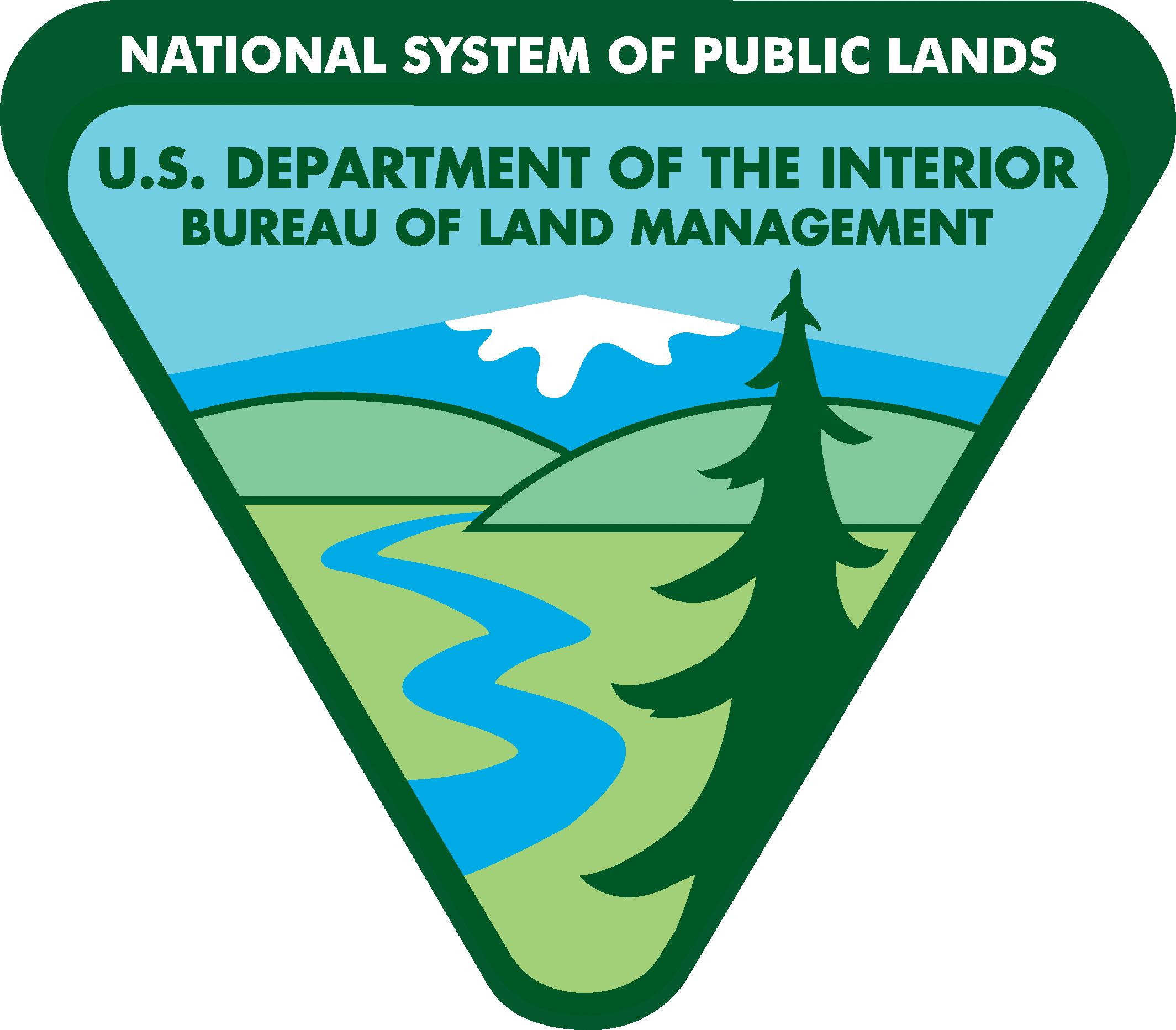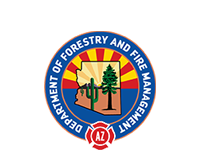Urban and Community Forestry
Primary tabs
Forests in the Community
The diversity of Arizona forests ranges from riparian gallery forests in the low deserts to sub-alpine and montane forests above 9,000 feet in elevation. Forests cover roughly 27% of the state and occupy 19.4 million acres. These forests are comprised of 37 species of coniferous and hardwood trees. Most forestland is located above the Mogollon Rim, with distinct areas scattered throughout the rest of the state. Juniper and pinyon-juniper woodlands are Arizona's most abundant forest type, occupying approximately 14.8 million acres, or 20.3% of the state.
Urban and Community Forests in Arizona
Arizona’s urban forests are comprised of trees and vegetation in urban areas that have a special relationship to people. They provide environmental services such as shading and cooling properties, wildlife habitat, cleaning the air of pollutants, and slowing stormwater runoff.
Urban forests are typically composed of native and introduced tree species. In southern Arizona, native species include paloverde, ironwood, mesquite, and cottonwood trees, with introduced species such as eucalyptus, Australian she-oak (Causurina spp.), and various pines. Northern Arizona native trees are predominantly ponderosa pine and pinyon pine, oak and juniper, with several introduced species that can make their home in the cooler climate. It is important to note that several species planted for landscaping purposes can escape their original planting sites and invade other areas, with Russian olive, tamarisk, and tree-of-heaven being prime examples. Most of Arizona’s urban forests are located on private property. Still, they also include forests in and along urban parks, street trees, landscaped boulevards, public gardens, washes and wetlands, greenways, and nature preserves. Approximately 6,016 square miles of Arizona land are classified as “urban” or “community”, which supports an estimated 47.2 million trees (USDA Forest Service, 2010).
Why Community Forests Matter
Although “urban” or “community” forests account for only 5.3% of all land in Arizona, they include approximately 85% of the state’s population. Management of forests and trees within these lands has important implications for air and water quality, energy conservation through shading, diversity of wildlife habitat, maintenance of property values, and an improved quality of life for Arizona citizens.
Many urban trees greatly contribute to Arizona’s ecosystems and community well-being. Trees located in Arizona’s urban areas are estimated to store about 9.0 metric tons of carbon, and annually remove about 297,000 metric tons of carbon and 8,760 metric tons of air pollution. Arizona's urban trees offset the carbon dioxide production of about 62,500 passenger vehicles per year (a passenger car or truck produces, on average, 10,471 pounds of CO2 per year.
Arizona's Urban and Community Forestry Program
The Department of Forestry and Fire Management's Urban and Community Forestry Program is a cooperative forestry program funded primarily by the USDA Forest Service, focusing on the stewardship of urban natural resources. The Community Forestry Program provides technical assistance, education, and other resources, responding to the needs of urban areas by helping communities maintain, restore, and improve urban forest ecosystems throughout Arizona.
Program Objectives
Staff work directly with partners throughout Arizona to build healthy and sustainable communities by promoting urban forestry awareness and fostering local action. The Community Forestry program includes oversight and management of cost-share grant programs; promotion and management of the Arizona Tree City USA, Tree Line USA, and Tree Campus USA programs; and planning and implementing the Arizona Arbor Day celebrations. The Community Forestry Program, through partnerships with local organizations, also supports urban forest inventory and canopy development programs, tree-planting projects, local and state policy development, and local outreach and education programs.
Ultimately, the Community Forestry Program seeks to increase Arizona's awareness and appreciation of urban forests.
For more information about our program and the US Forest Service Urban and Community Forestry initiatives, visit the following resources:
- Arizona Department of Forestry and Fire Management's Urban and Community Forestry Strategic Plan - 2025-2029
- Arizona Department of Forestry and Fire Management's Urban and Community Forestry Strategic Plan - 2020-2024
- The USDA Forest Service Urban and Community Forestry Program


Programs are supported by:
USDA Forest Service and DOI Bureau of Land Management funding.


